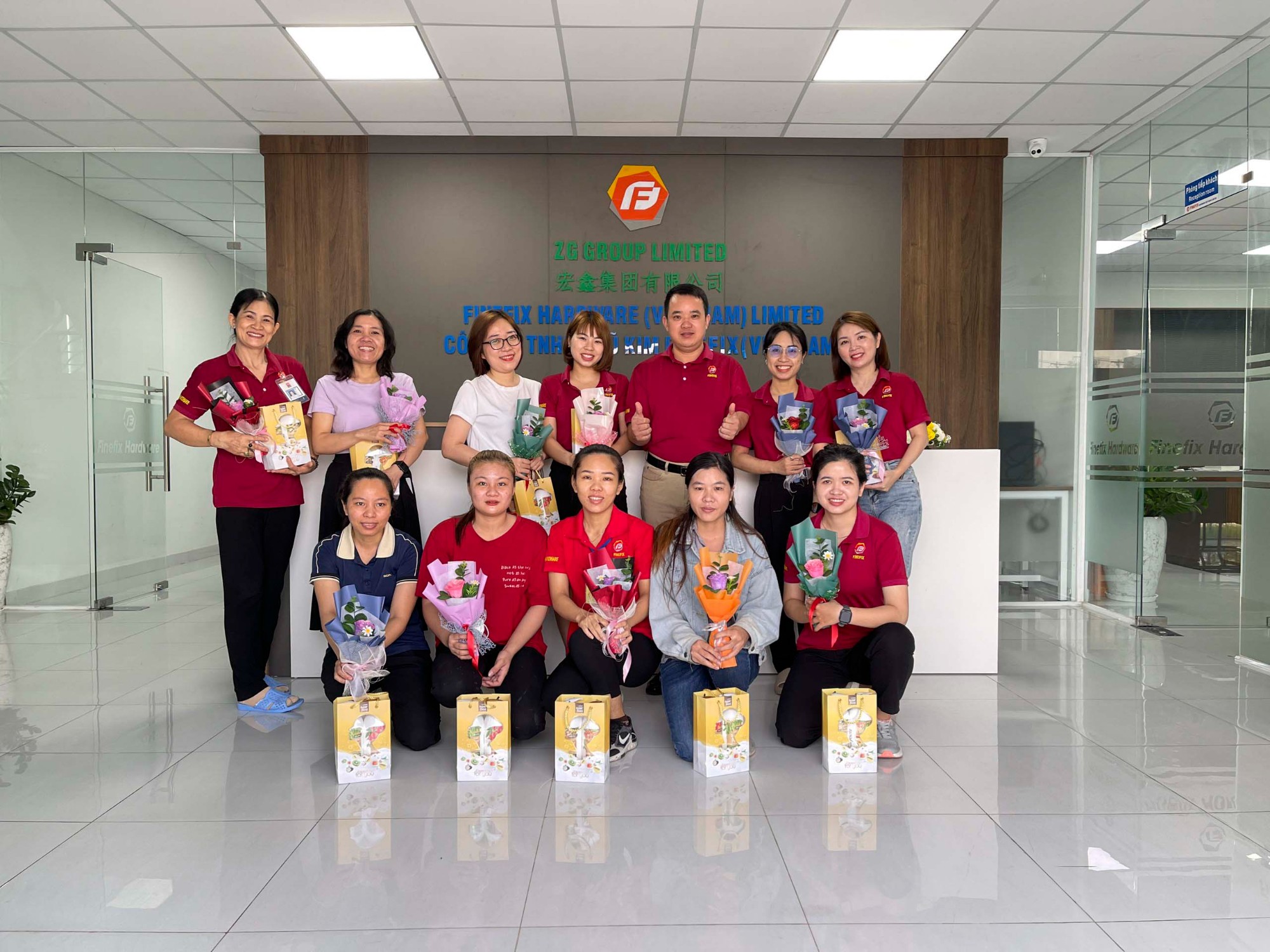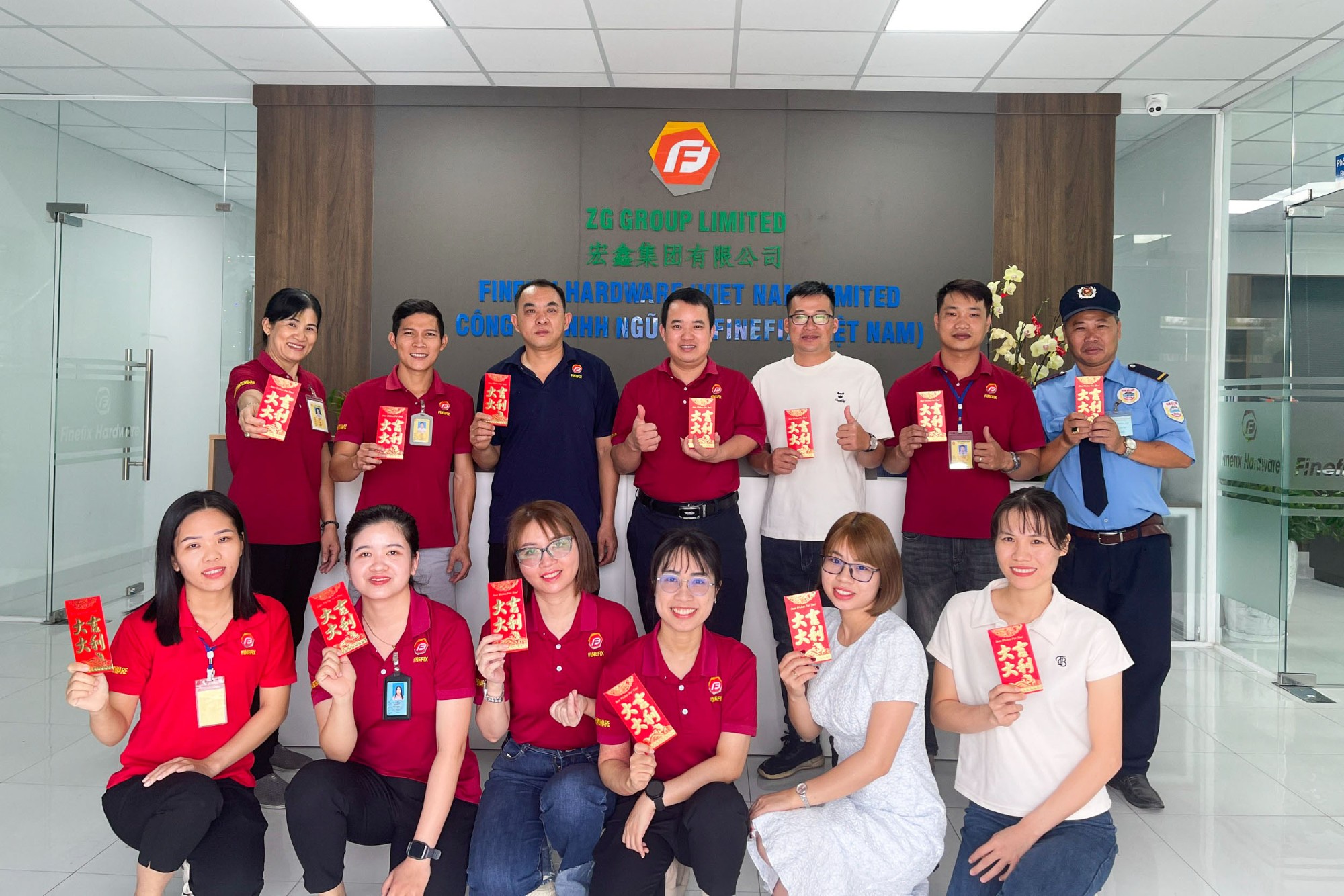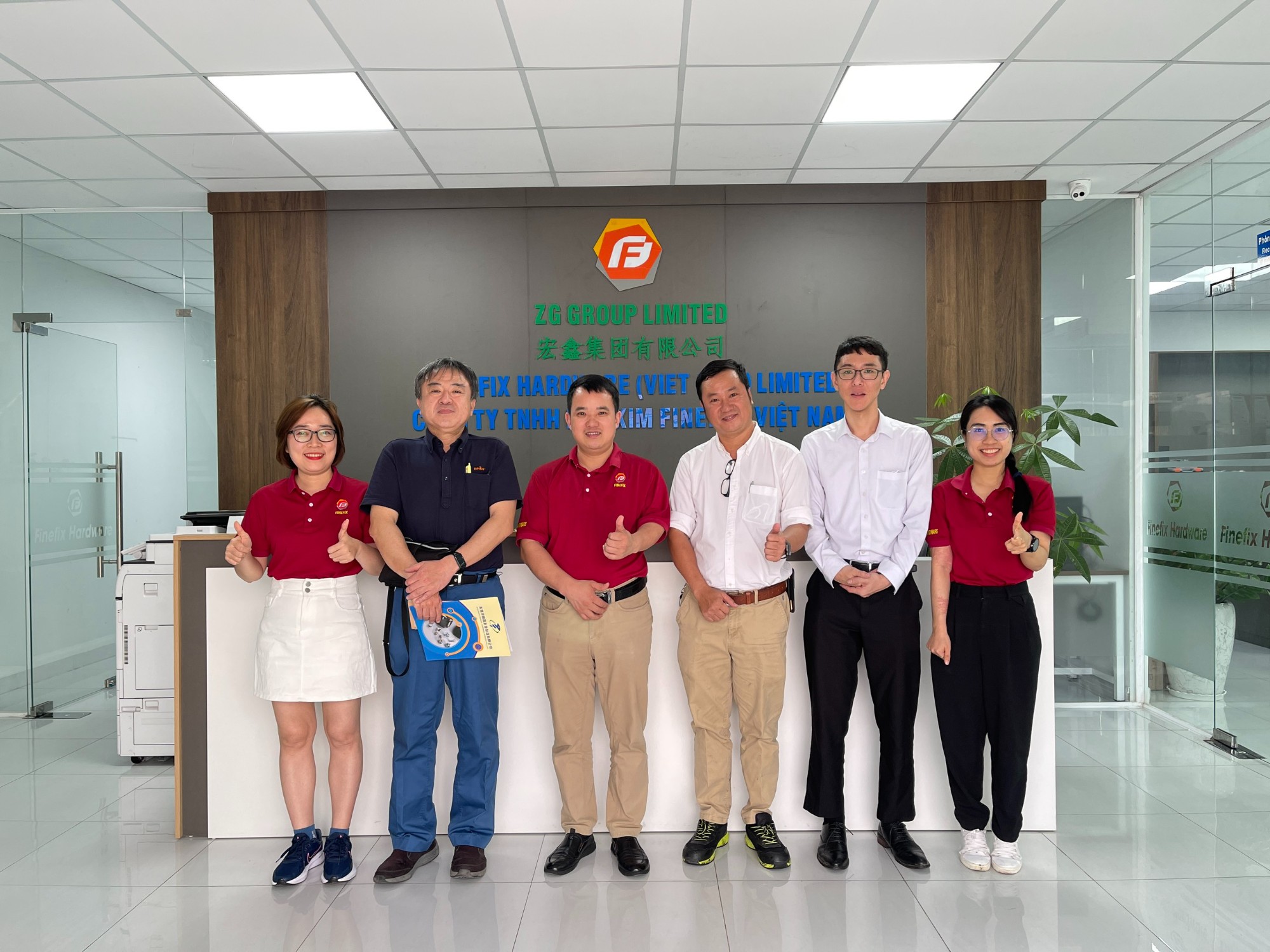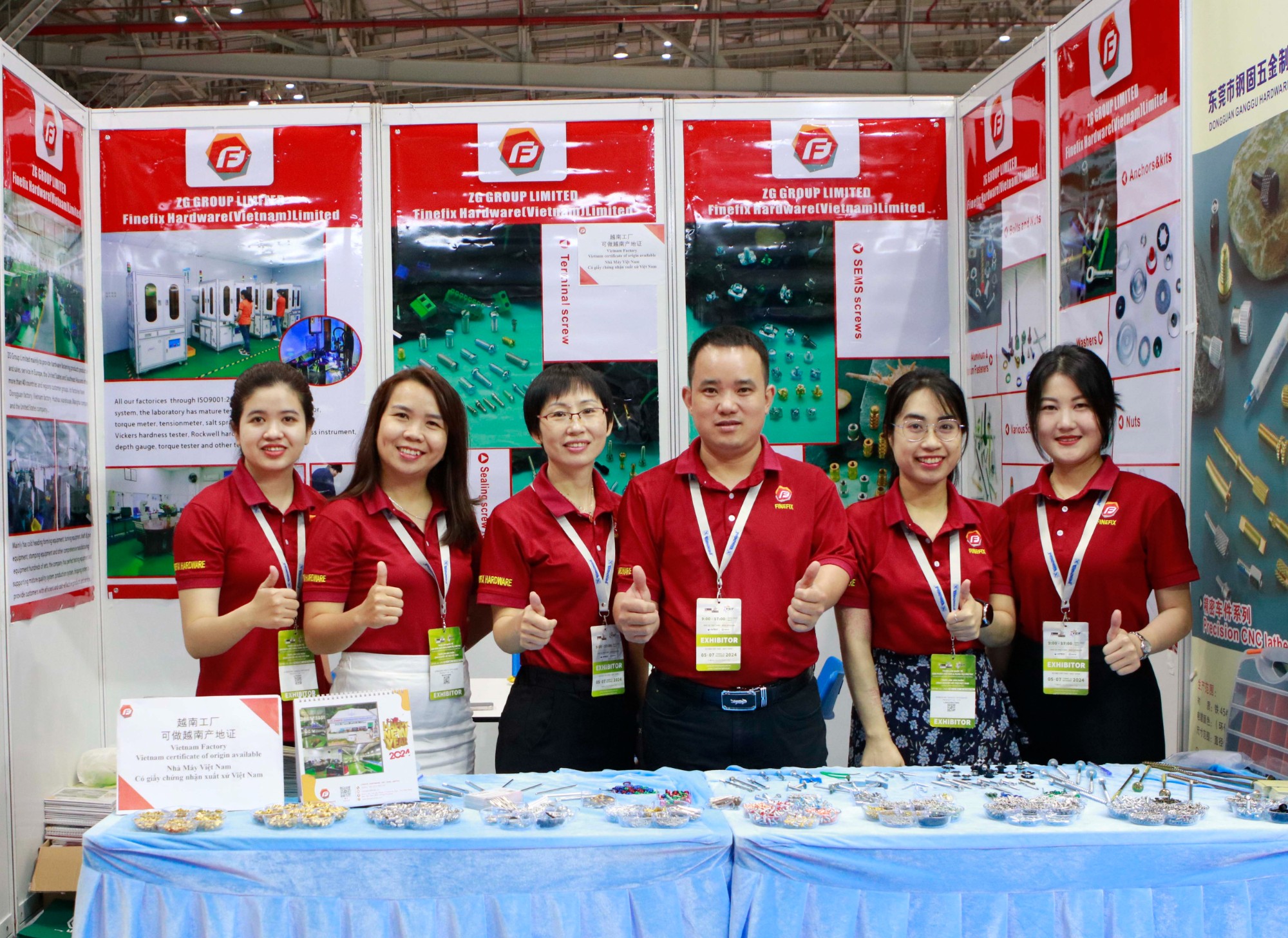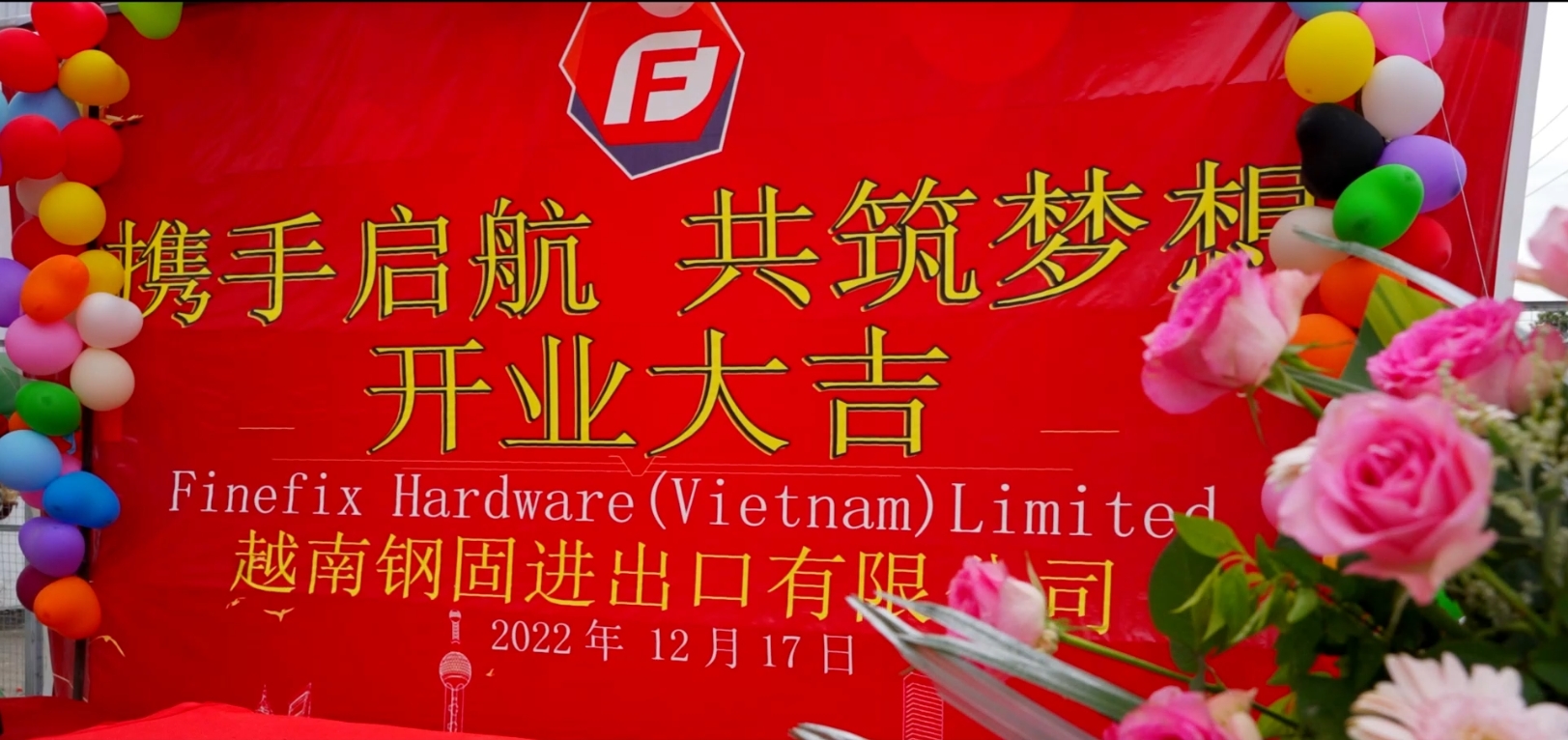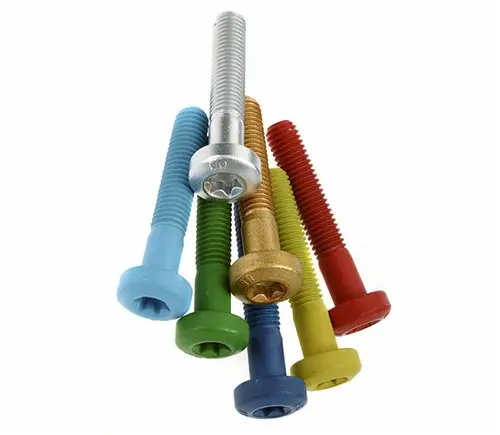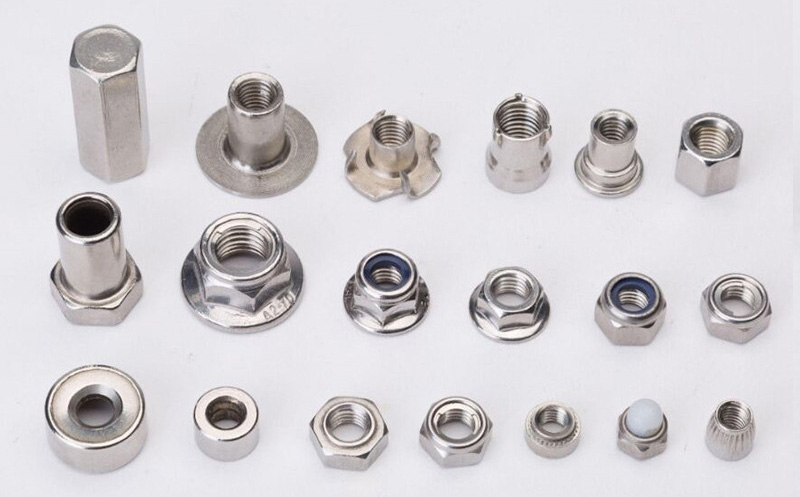
What are the Different Types of Metal Coatings?
What are the Different Types of Metal Coatings?
The world of metal coatings is diverse, featuring a multitude of forms and techniques tailored to meet the specific needs of various applications.
The type of coating applied hinges on several factors, including the metal component’s intended use, the environmental conditions it will be exposed to,
and the desired balance between cost and performance. Here are some of the most common types:
Spray Painting/Coating
A prevalent method, spray coating, involves spraying the paint onto the metal surface using a specialized spray gun. This technique is often used for
automotive coatings and provides a high degree of control over the application process.
The spray gun allows for a uniform distribution of the coating, ensuring an even layer that contributes to both aesthetics and durability.
From automobile bodies to metal furniture, spray coating finds wide-ranging applications.
Electroplating
As previously discussed, electroplating is a sophisticated technique that leverages an electric current to deposit a thin layer of metal onto the surface of a component.
This process allows for the deposition of various metals, such as nickel, copper, gold, and more, on the substrate. The result is a metal-coated component that boasts improved wear resistance,
reduced friction, and an appealing sheen that adds to its aesthetic value.
Powder Coating
Powder coating is a technique that has been gaining traction due to its environmental friendliness and excellent finish quality. It involves applying a free-flowing,
dry powder onto a metal surface, typically using an electrostatic gun.
The powder, which clings to the metal surface due to the electrostatic charge, is then heated in a curing oven. The heat triggers a chemical reaction,
causing the powder to melt and form a hard, protective layer. This layer, impervious to many common forms of wear and tear, is renowned for its durability and sleek finish,
making powder coating an increasingly popular choice in many industries.
Hot-Dip Galvanizing
This technique involves immersing a metal component, usually steel, into a bath of molten zinc. The zinc forms a protective coating
on the metal that provides excellent corrosion resistance, making it ideal for outdoor applications.
Anodizing
Anodizing is an electrochemical process that converts the metal surface into a decorative, durable, corrosion-resistant, anodic oxide finish.
Aluminum is ideally suited to anodizing, although other nonferrous metals, such as magnesium and titanium, also can be anodized.
The anodic oxide structure originates from the aluminum substrate and is composed entirely of aluminum oxide.
This aluminum oxide is not applied to the surface like paint or plating, but is fully integrated with the underlying aluminum substrate, so it cannot chip or peel. It has a highly ordered,
porous structure that allows for secondary processes such as coloring and sealing.









